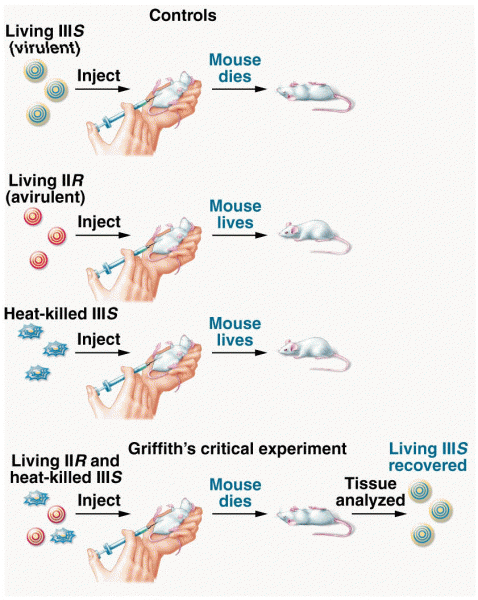|
|
|
In most cases, kidneys can recover from almost complete loss of function, such as in acute kidney (renal) failure.
Throughout history, plants containing cardiac steroids have been used as heart drugs and as poisons (e.g., in arrows used in combat), emetics, and diuretics.
Illicit drug use costs the United States approximately $181 billion every year.
About one in five American adults and teenagers have had a genital herpes infection—and most of them don't know it. People with genital herpes have at least twice the risk of becoming infected with HIV if exposed to it than those people who do not have genital herpes.
Warfarin was developed as a consequence of the study of a strange bleeding disorder that suddenly occurred in cattle on the northern prairies of the United States in the early 1900s.
 A whale off Australia on the spring migration, feeding on krill by turning on its side and propellin
A whale off Australia on the spring migration, feeding on krill by turning on its side and propellin
 (a) A turbidometry detector measures laser light directly across from the light source. The sample, ...
(a) A turbidometry detector measures laser light directly across from the light source. The sample, ...
 Effleurage with loose fist to left side of neck. Turn the head slightly to the right side, exposing ...
Effleurage with loose fist to left side of neck. Turn the head slightly to the right side, exposing ...




